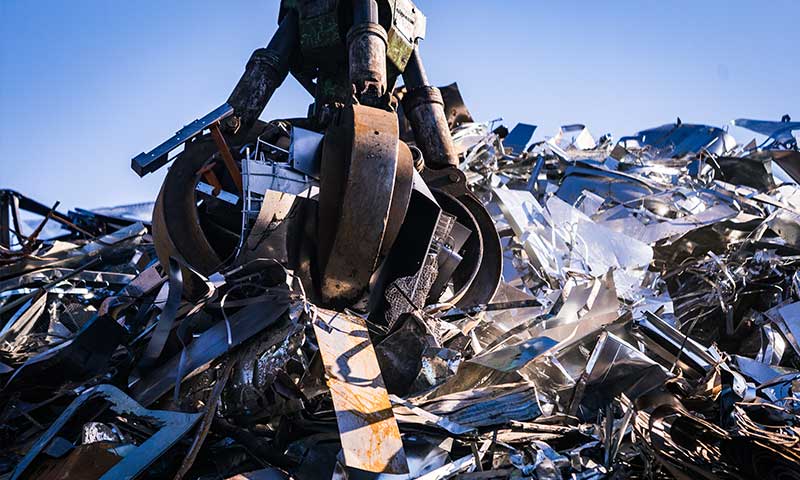

JUL 30, 2025
Scrap metal recycling reduces waste, conserves natural resources, and is a source of extra cash. But have you ever wondered what happens to metal when it gets recycled? Whether you’re looking to get rid of scrap metal taking up space in your home or want to understand how scrap metal recycling works, this guide is for you. Our team understands the process inside and out, thanks to their expertise and experience.
In this article, RCM Recycling—a reliable scrap metal recycling company—explores the journey of recycled metal right from the moment it’s collected to its transformation into new materials. Today, our team is here to help you understand what happens to the items sent to scrap metal recycling facilities.
The journey begins when scrap metal is collected from homes, construction sites, manufacturing facilities, or scrap yards. Items like aluminum cans, copper wires, steel beams, and car parts are brought to recycling centers like RCM Recycling, where the real work begins. The metals are sorted into two categories: ferrous metals like steel and iron and non-ferrous metals like aluminum, copper, brass, and stainless steel. Proper sorting helps to maximize the quality and value of the recycled material.
Before metal can be processed, it must be cleaned of impurities. This includes removing any plastic, rubber, wood, or hazardous materials that may be attached. For example:
Clean and pure metal fetches a higher price and is more efficient to recycle. It’s best to clean your metal before taking it to a scrap metal buyer in order to maximize your earnings. This includes removing dirt, plastic coatings, insulation, or any attached non-metal parts that can lower its value or slow down processing. A little extra effort upfront can result in better payouts and a smoother recycling experience.
The metal is sent through powerful shredders that break it down into smaller pieces. This makes it easier and faster to melt, saving energy in the process. Each type of metal is then sent to its own furnace, where it’s melted at high temperatures. Melting time depends on the metal type, but all molten metal is then poured into molds or processed into sheets, rods, or blocks for future use.
To ensure the final product is high quality, the molten metal is purified using various methods, including electrolysis and chemical treatments. After purification, it’s cooled and solidified into a form that can be easily transported and reused by manufacturers.
Finally, the recycled metal is sent to manufacturers, where it’s used to produce everything from automobiles and airplanes to kitchen appliances, building materials, and electronics. What once was a discarded item is now a valuable part of a new product, proving further that recycling truly turns trash into treasure.
The journey of various types of scrap metal may differ, but the process provides a wide range of benefits. The process is all about giving scrap metal a second life, which is good for the environment, your wallet, and everyone in between. If you’re looking for reputable scrap metal buyers, look no further than RCM Recycling. We have years of experience recycling various types of scrap metal, junk cars, tires, asphalt, and concrete. Get in touch with our team today and get started with your scrap metal recycling journey.